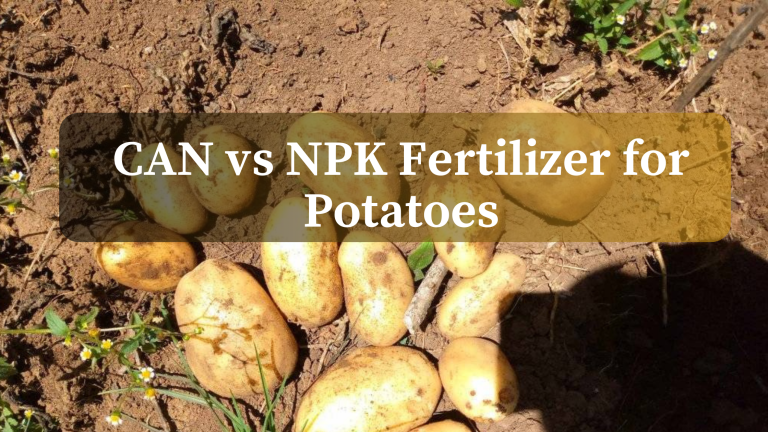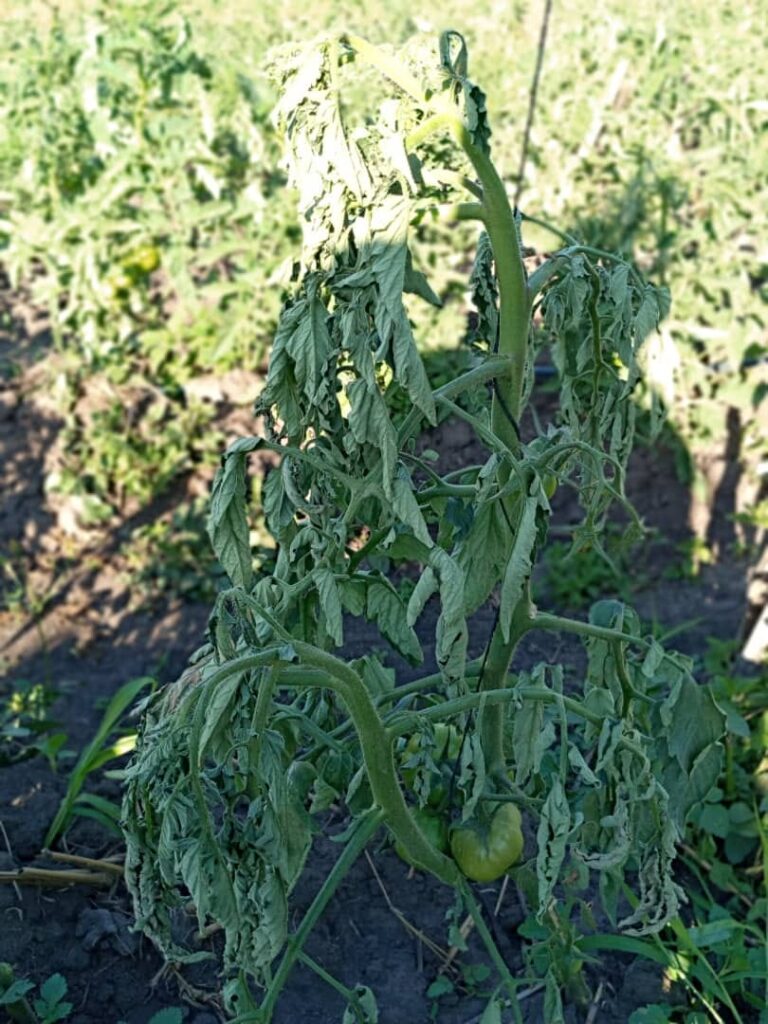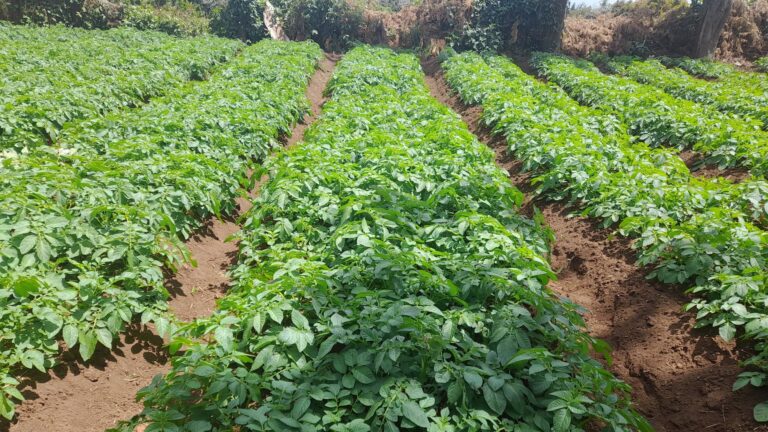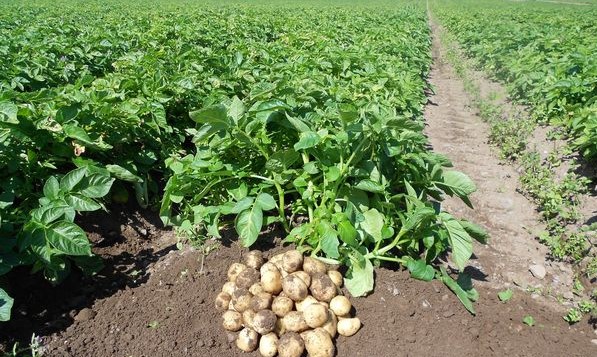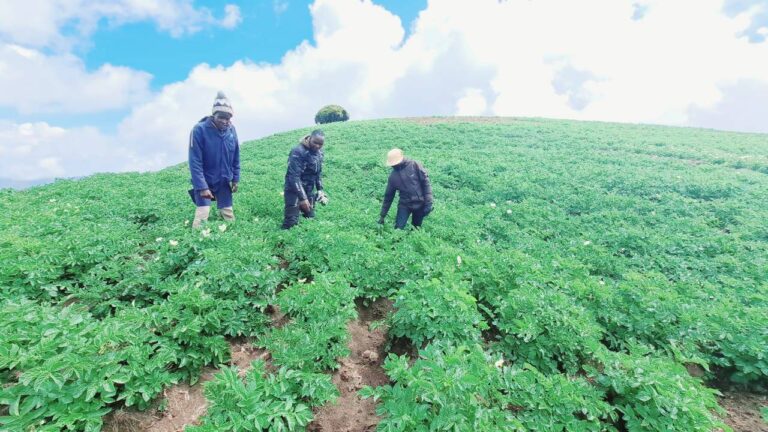How to Control Potato Cyst Nematode
How can farmers effectively control potato cyst nematodes? Farmers can control potato cyst nematodes through strict sanitation practices, including cleaning equipment thoroughly and using certified, nematode-free seed.
Crop rotations with non-host plants and using resistant varieties also play crucial roles in management. This comprehensive approach is essential to prevent the spread of these destructive pests and protect potato crops.
Discovering potato cyst nematodes (PCN) in North America has sparked urgent efforts to prevent their spread, especially the Golden Nematode (Globodera rostochiensis) and Pale Cyst Nematode (Globodera pallida). Effective management involves rigorous sanitation practices and strategic crop rotations.
Learn how to effectively manage potato cyst nematodes (PCN) to safeguard your crops and prevent their spread through strict sanitation practices and careful equipment management.
What is Potato Cyst Nematode?
The potato cyst nematode (PCN), Globodera rostochiensis and Globodera pallida, is a microscopic roundworm that attacks the roots of potato and a limited number of other host plants. It is one of the most damaging pests affecting potato production, causing yield losses of up to 50% or more.
Two primary species, Globodera rostochiensis and Globodera pallida, pose the most significant threats to potato production. These pests are notorious for their ability to remain dormant in the soil for extended periods, making them particularly difficult to eradicate.
Understanding their biology and behavior is the first step in managing their impact on potato crops
Potato Cyst Nematode Disease
PCN is a serious pathogen of potatoes, causing large portions of fields to have severely stunted, yellowed, or dead plants when population densities are high.
More frequently, however, few aboveground symptoms will be seen, yet potato yield losses of 10-30% or more can be attributed to PCN damage. This “hidden” nature of PCN yield loss presents a major problem for potato growers.
Potato Cyst Nematode Life Cycle
The developmental stages of the nematode include the egg, juvenile, and adult. The first juvenile molts to form a second stage juvenile (J2) within the egg. The J2 is the stage that enters the roots and infects the potato plant.
These juveniles penetrate potato roots and cause the formation of specialized feeding cells in the root’s vascular system. If the juvenile becomes a male, it leaves the root after feeding for several days, moves through the soil, and does not damage the plant anymore.
If the juvenile becomes a female, it becomes sedentary and molts three more times before becoming an adult.
The adult female swells to a lemon-shape as it matures, eventually bursts, and this is what becomes visible on the roots surface. There can be three to four generations of PCN in a single growing season.

Understanding the life cycle of potato cyst nematodes is crucial for developing effective control strategies. The life cycle comprises several stages:
- Eggs: Nematodes lay eggs within cysts in the soil, which can remain dormant for years.
- Juveniles: When conditions are favorable, juvenile nematodes hatch from the eggs and invade potato roots.
- Feeding: Inside the roots, they feed and develop into adults.
- Reproduction: Adult females swell and form cysts filled with eggs, which eventually break off and return to the soil to start the cycle anew.
This lifecycle can span several weeks to months, depending on environmental conditions.
Potato Cyst Nematode Chemical Control
Most fields in which nematodes have previously damaged potatoes or other crops should be treated with chemical nematicides to improve potato production.
Nematicides that may be used for potato production include aldicarb (Temik 15G), ethoprop (Mocap 10% Granular), metam sodium (Vapam, Nemasol), 1,3-dichloropropene + chloropicrin (Telone C-17), and the biocontrol agent Paecilomyces lilacinus strain 251 (MeloCon WG). Selection of a nematicide should be based on the kinds of nematodes present, field conditions, and intended market.
Potato Cyst Nematode Damage
Plant damage is due primarily to the feeding of these females and the indirect effects of such feeding. The specialized root cells, induced by PCN, will have a new physiological function supplying nutrients to the nematode instead of the plant.
Potato cyst nematode can complete up to six generations during the growing season, depending on planting date, soil temperature, length of the growing season, host suitability, geographic locations, and maturity group of the potato.

The damage caused by potato cyst nematodes manifests in various ways:
- Reduced Yield: Infestation leads to smaller and fewer tubers.
- Poor Quality Tubers: Infested plants produce tubers of inferior quality, affecting market value.
- Weakened Plants: Infested plants are more susceptible to secondary infections and other stress factors.
This damage not only affects immediate harvests but can also lead to long-term soil health issues, complicating future cultivation efforts.
Symptoms and Signs of Potato Cyst Nematode
Recognizing the symptoms and signs of potato cyst nematode infestation is crucial for early intervention. Key indicators include:
- Yellowing of Foliage: Particularly in patches within a field.
- Stunted Growth: Plants appear dwarfed and less vigorous.
- Root Knots or Galls: Visible upon uprooting affected plants.
- Poor Root Development: Roots appear damaged and underdeveloped.
The first indication of a problem is when potato yields are lower than expected or are dropping when potatoes are planted in the field.
Lower yields will usually be associated with dryer growing seasons. High PCN levels can cause plant stunting and yellowing.
Above ground symptoms can be confused with damage from compaction, nutrient deficiencies, drought stress, low-lying wet areas, herbicide injury and other plant diseases. Circular to oval areas of stunted, yellowed plants can be observed.
Low levels of PCN can cause significant yield loss with no noticeable above ground symptoms.
Symptoms include stunted roots with fewer nitrogen-fixing nodules. PCN infestation may increase susceptibility to soil-borne fungal infections, such as Rhizoctonia.
The only unique symptom or “sign” is the presence of the adult females and cysts on the roots. Adult females appear as extremely tiny lemon-shaped bodies on the roots and are initially cream-colored.
Potato Cyst Nematode Seed Treatment
Planting high quality, nematode-free seed potatoes is an important management strategy. Nematode-infested seed pieces can introduce PCN into fields.
Seed treatment is a preventive measure that involves treating potato seeds with nematicides or biological agents to protect them from nematode attack. Common treatments include:
| Treatment Type | Examples | Benefits |
| Chemical | Thiamethoxam, Imidacloprid | Effective in reducing nematode population |
| Biological | Paecilomyces lilacinus | Environmentally friendly |
Effective seed treatment ensures that the planted seeds have a better chance of growing into healthy plants, minimizing early-stage nematode damage.
Potato Cyst Nematode Threshold
Soil samples should be taken and sent to a diagnostic laboratory to determine if PCN is present and what the population is in the soil. Potato cyst nematodes can only move a few centimeters in the soil by themselves, so they are mostly spread via tillage or plant transplants.
The best way to know if a field is infected by potato cyst nematodes is to take a soil sample to a nematologist.
Potato Cyst Nematode Resistance & Control
Management of potato cyst nematodes can be very difficult. Due to symptoms being hard to spot early on, they can infect a field rather quickly and persist. Potatoes should be rotated with non-host crops.
Resistant potato varieties should be planted, and different resistant varieties should be rotated. If available, cultivars with different sources of PCN resistances should be included in the rotation.
Weeds, moisture, and fertility stress should be managed, as they can enhance the disease. High soil pH can also favor PCN.
Trap crops, such as Solanum sisymbrifolium (sticky nightshade) and Solanum scabrum (African nightshade), can reduce PCN populations by up to 75% by deceiving nematodes into hatching and then preventing their development.
Trap crops fit best in the rotation when planted before a potato crop and can be removed by ploughing them in.
FAQs
How can I identify potato cyst nematode infestation?
Infestation can be identified through symptoms like yellowing foliage, stunted growth, root knots, and poor root development.
What are the most effective nematicides for potato cyst nematode control?
Effective nematicides include Oxamyl, Fenamiphos, and 1,3-Dichloropropene, used as soil drenches or fumigants.
Can potato cyst nematodes be controlled biologically?
Yes, biological controls like Paecilomyces lilacinus can be effective and environmentally friendly.
What is the threshold level for potato cyst nematode intervention?
The threshold level varies but is determined through soil sampling and analysis to assess nematode population density.
How does crop rotation help in managing potato cyst nematodes?
Crop rotation with non-host crops can reduce nematode populations by depriving them of their primary food source.
Are there potato varieties resistant to cyst nematodes?
Yes, breeding programs have developed resistant varieties that are less susceptible to nematode infestation.

